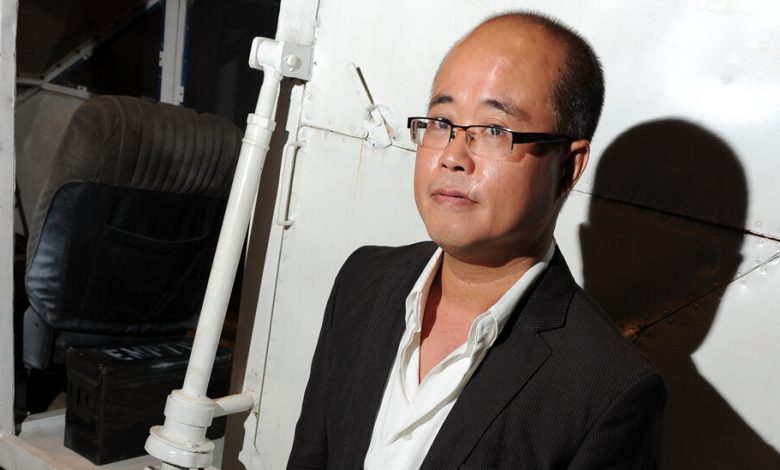Dinh Q. Le, Artist Who Weighed War and Memory, Dies at 56

Dinh Q. Le, a Vietnam-born artist whose best-known work combined and compared the on-the-ground realities of the 20th-century war that devastated his homeland with the fantasy versions of that war projected by Hollywood, died on April 6 at his home in Ho Chi Minh City.
The death, confirmed by his New York gallery, PPOW, was caused by a stroke. He was 56, according to his sister.
Mr. Le (pronounced LAY) gained international attention, beginning in the 1990s, with a series of large, tapestry-like woven collages. As a child, he had learned the weaving technique from an aunt who used it to make grass mats. For his own version, though, he used photographs that he had cut into strips.
Some of the works depict historical Vietnamese art, while others show South Vietnamese landscapes scorched by war. Some are stills from popular Western films associated with Vietnam, such as “Apocalypse Now.” In the resulting weavings truth and fiction blend; a shuddering, disjointed world seems to be going up in smoke.
Mr. Le brought a similar intertwining of elements to his film work: A three-channel video called “The Farmers and the Helicopters,” (2006), the centerpiece of a 2010 exhibition at the Museum of Modern Art in New York, combines aerial views of rice paddies, wartime footage of buzzing and crashing helicopters and taped interviews of Vietnamese people recalling their encounters with such aircraft. Their responses ranged from terror to enthusiastic wonder.



